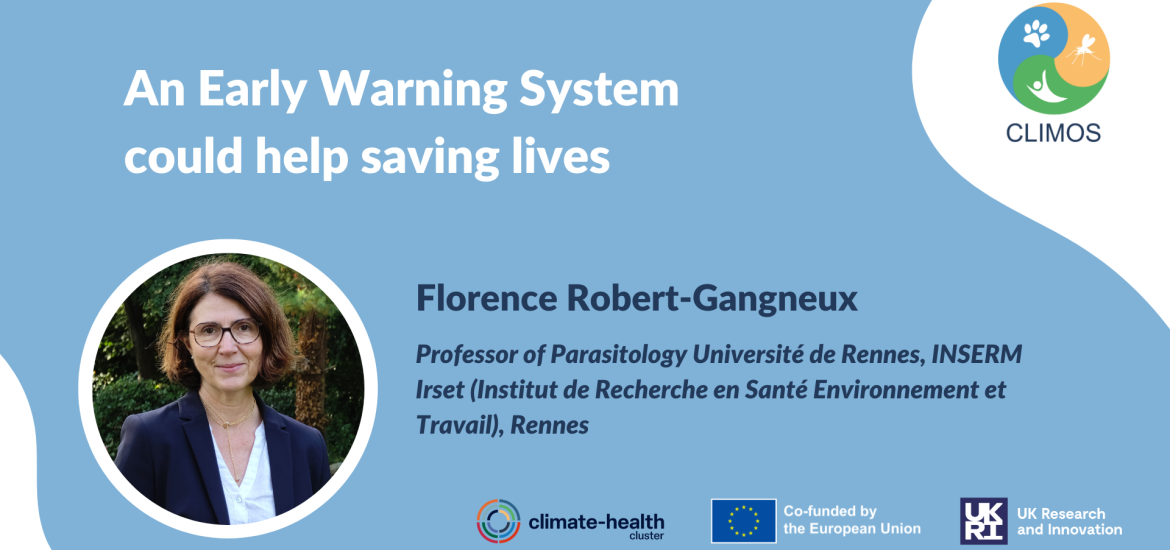Leishmaniasis is a vector-borne infection ranked by the World Health Organization as second most important protozoan parasitic disease after malaria for its morbidity, mortality and global distribution. It is transmitted to humans and other mammals across the world, by various sand fly species of the genus Phlebotomus and Lutzomyia. Visceral leishmaniasis (VL) is a systemic life-threatening infection targeting the liver, spleen and bone marrow, due to the intracellular development of protozoon parasites, Leishmania donovani and L. infantum. Cutaneous leishmaniasis is another presentation of the disease due to other species, which distribution varies according to geographical areas, animal reservoirs and sand fly species.
The Mediterranean basin, and the neighboring Middle East, are areas of both visceral and cutaneous leishmaniasis. In those countries, L. infantum is mainly responsible for visceral leishmaniasis, while L. major and L. tropica are responsible for cutaneous lesions, which can be disfiguring and lead to social stigmatization. During the last decades, massive population migrations due to wars have highlighted the epidemic potential of the disease when naïve populations arrive in areas of high endemicity for leishmaniasis.
Alternatively, climate changes could favor the development and the spread of sand flies, which could in turn contribute to the dissemination of leishmaniasis towards currently uninfected territories, or modify the distribution of Leishmania species in endemic areas, for example by spreading L. tropica from the Middle East to Southern Europe. In Europe, visceral leishmaniasis is mainly diagnosed in immunocompromised patients or migrants from endemic countries. Today, the number of patients with immune deficiency is increasing, in relation to the multiplication of transplantation procedures and immunosuppressive protocols. These patients are therefore at risk if they travel to an endemic European area. As a medical biologist in a reference diagnostic lab for leishmaniasis, I happened to diagnose visceral leishmaniasis in several patients who had traveled in Spain and were not aware of the disease.
The aim of CLIMOS is to put together geoclimatic data and epidemiological data, such as sand fly abundance, species distribution, sand fly infection rate with Leishmania and identification of Leishmania species, prevalence of infection in dogs and humans, to build a predictive model able to detect geographic areas at higher risk, and serve as an early warning system (EWS) for the population. The interest would be to identify hotspots of sand fly density. As no vaccine exists to protect humans, the only way to avoid infection is to use repellents to limit sand fly bites, and this strategy has some limitations. An EWS would allow medical doctors to better inform their patients, so that they can adapt their travel plan or at least be fully conscious of the risk encountered. Of course, sand fly presence does not mean that the risk of infection is high, thus regular surveillance by trapping and pathogen screening should continue on the long term, to monitor the prevalence of sand fly infection.
Download the Opinion Article in this link
